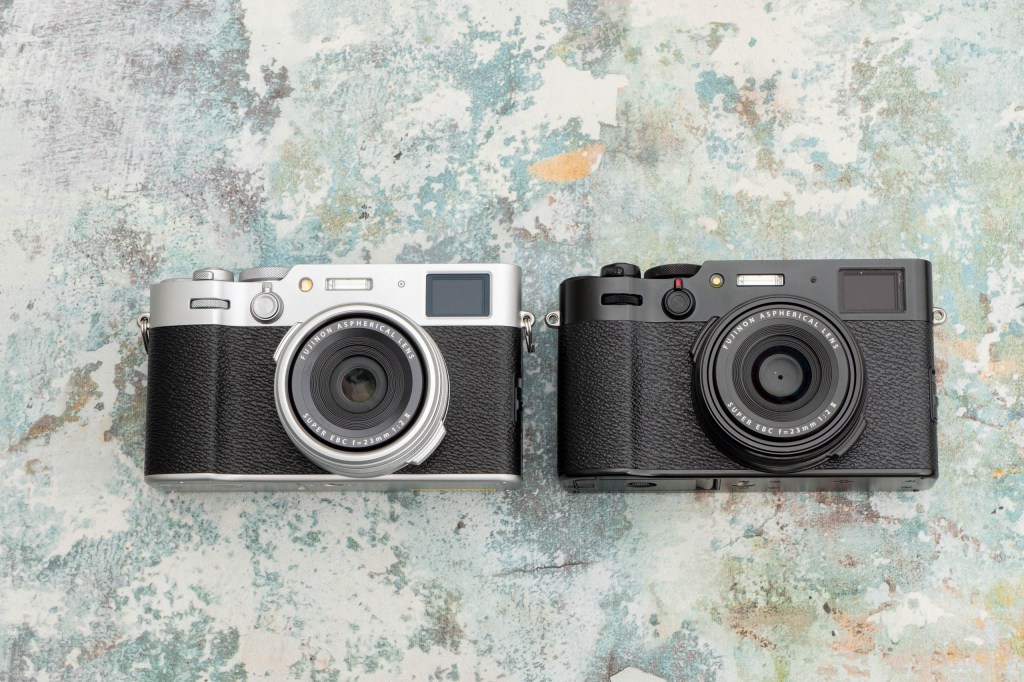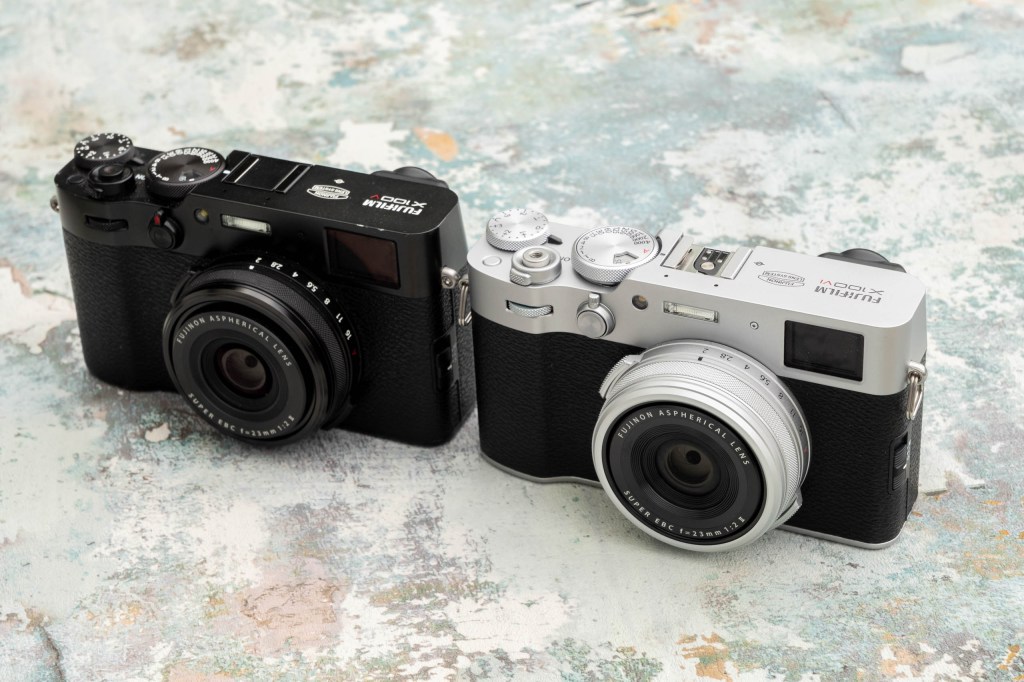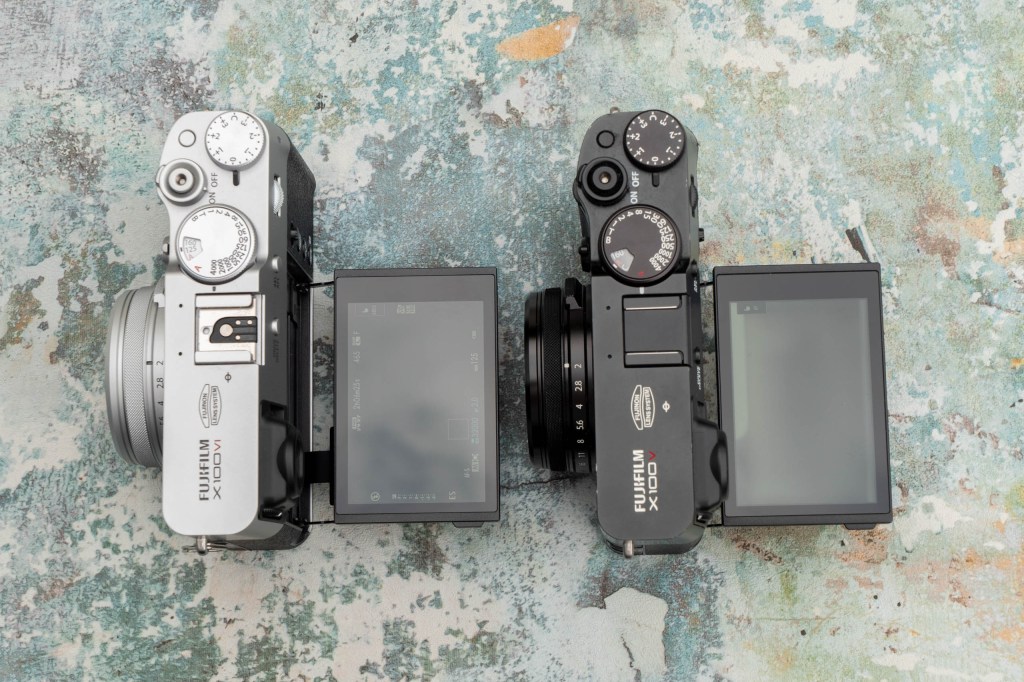There’s been a huge amount of buzz about the Fujifilm X100VI. The follow on to the incredibly popular – and sometimes hard to find – Fujifilm X100V brings with it a host of improvements when compared to its predecessor. It does this largely by bringing over specifications from other existing Fujifilm models – particularly the Fujifilm X-T5.
For this reason, while there’s been some very welcome upgrades, some of the improvements don’t make an awful lot of sense for a fixed-lens, fixed-length compact camera. It’s likely the Fujifilm engineers found it easier to bring across everything wholesale than start removing the ones that weren’t hugely necessary, so it’s not really surprising to see similarities.
But, what exactly are these differences? If you’re lucky enough to already have a Fujifilm X100V, is it worth upgrading to the X100VI? Or, if you’re looking to buy an X100 camera for the first time, can you save some cash by going for the older model but still get a good performer?
In this piece we’ll be looking at the main differences between the two models to try and determine which one you should buy.
Fujifilm X100V vs Fujifilm X100VI: sensor
Sensors in the X100 series usually come from elsewhere in Fujifilm’s line-up. As such, the X100V features the 26MP X-Trans APS-C CMOS sensor as found in the Fujifilm X-T4 and the Fujifilm X-S20.
One of the biggest improvements for the new model is the incorporation of the 40MP BSI APS-C CMOS sensor which was used in the Fujifilm X-T5 and the Fujifilm X-H2.
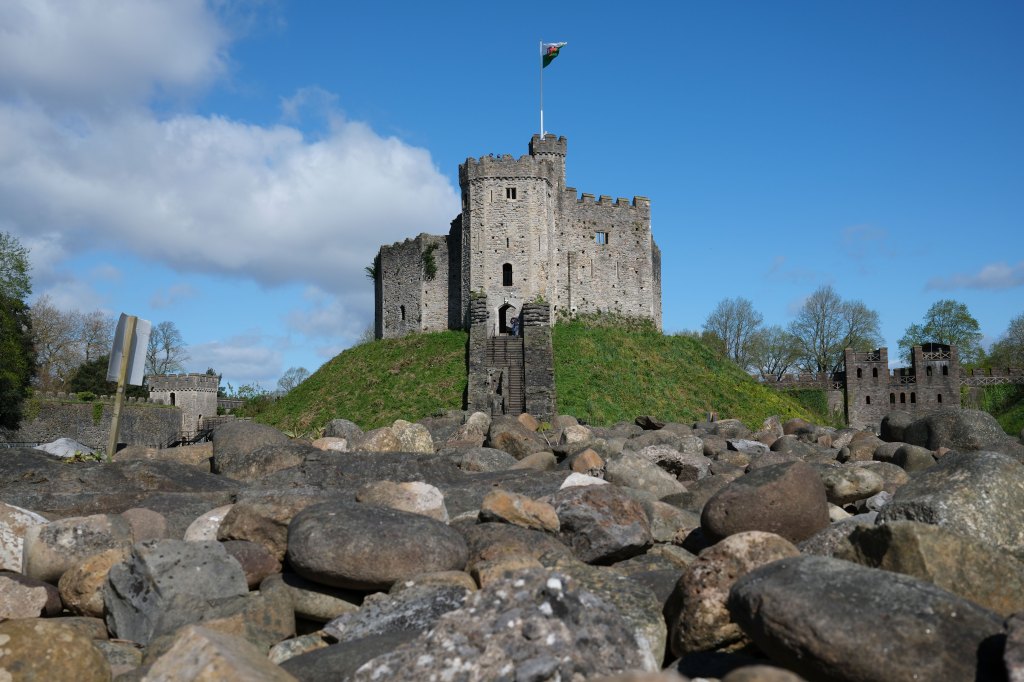
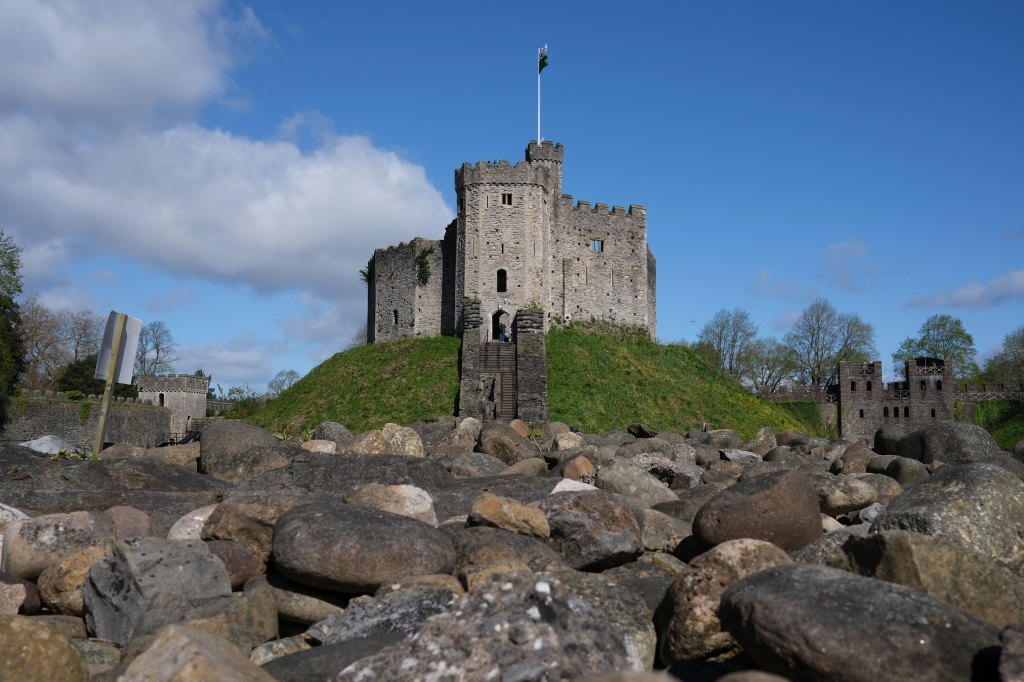

It’s worth remembering that there are some downsides to having a higher resolution sensor. Your files will be larger, taking up more space on memory cards and hard drives, and it also means that the X100VI can’t shoot as many frames per second as the X100V, maxing out at ‘just’ 20fps rather than 30fps (in both cases with an electronic shutter and 1.3x crop).
While it’s unlikely that most people will be using either model for sports and action photography, it’s potentially worth thinking about whether you think you’ll actually need that extra resolution if you’re keen to save the cash (not just in terms of buying the camera, but in the extra storage you might find yourself having to buy to accommodate the files).
Fujifilm X100V vs Fujifilm X100VI: Digital Tele-converter
One benefit of having a higher resolution sensor comes with the Digital Tele-converter function. On both cameras, this offers 50mm and 70mm equivalent settings, mimicking 1.4x and 2x optical teleconverters. But on the X100VI, you have more pixels to play with. This means the 50mm and 70mm settings correspond to 20MP and 10MP crops from the centre of the sensor, respectively. In contrast, with the X100V, which are 13MP and 7.5MP.
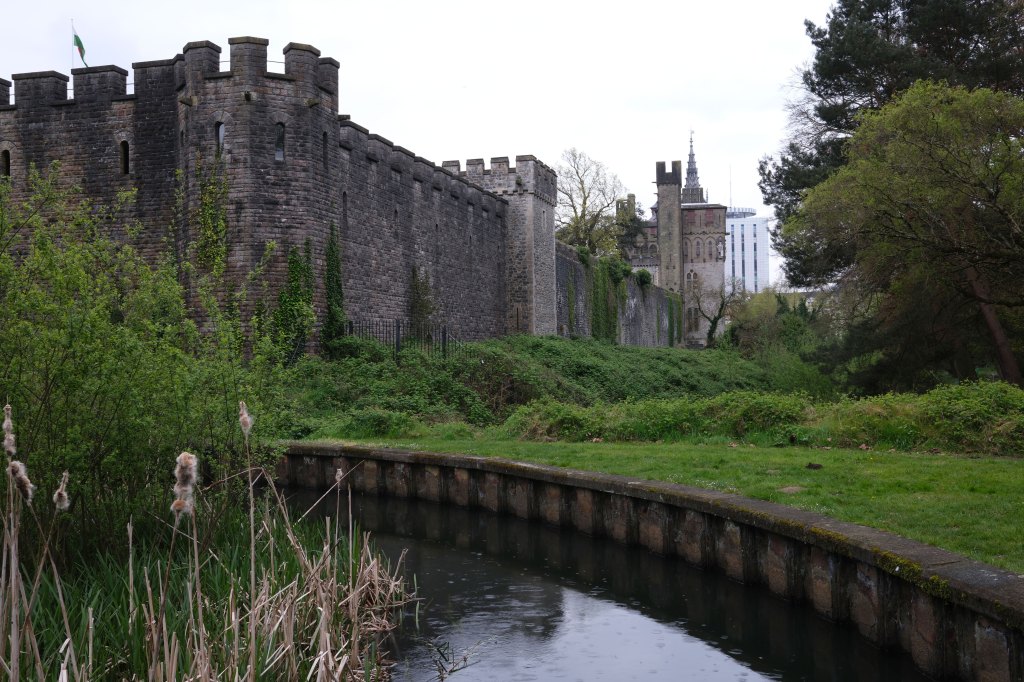
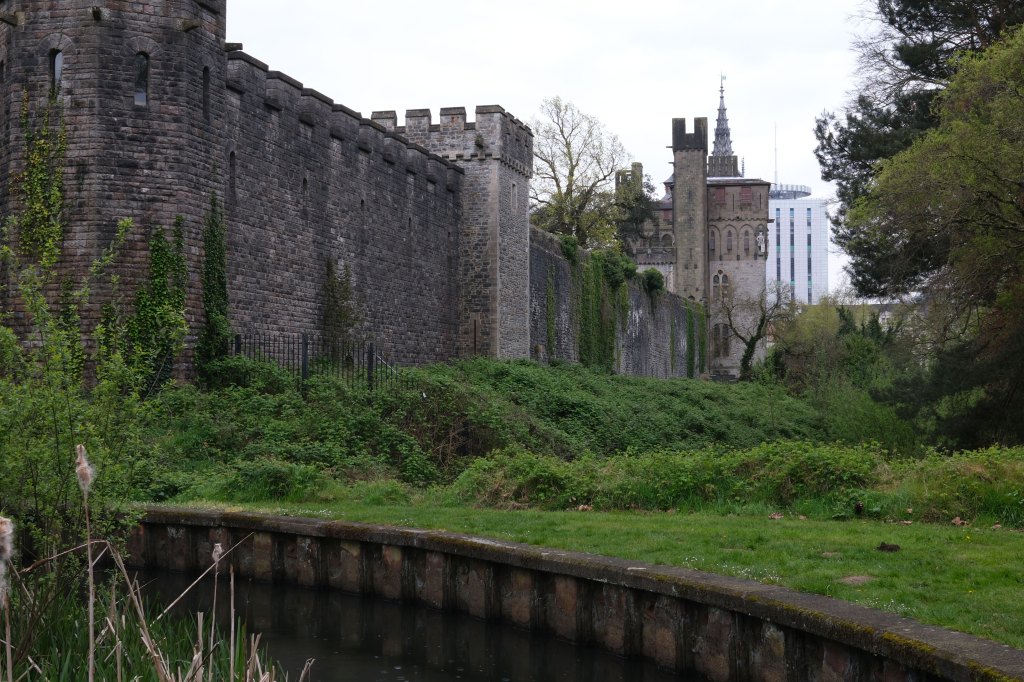
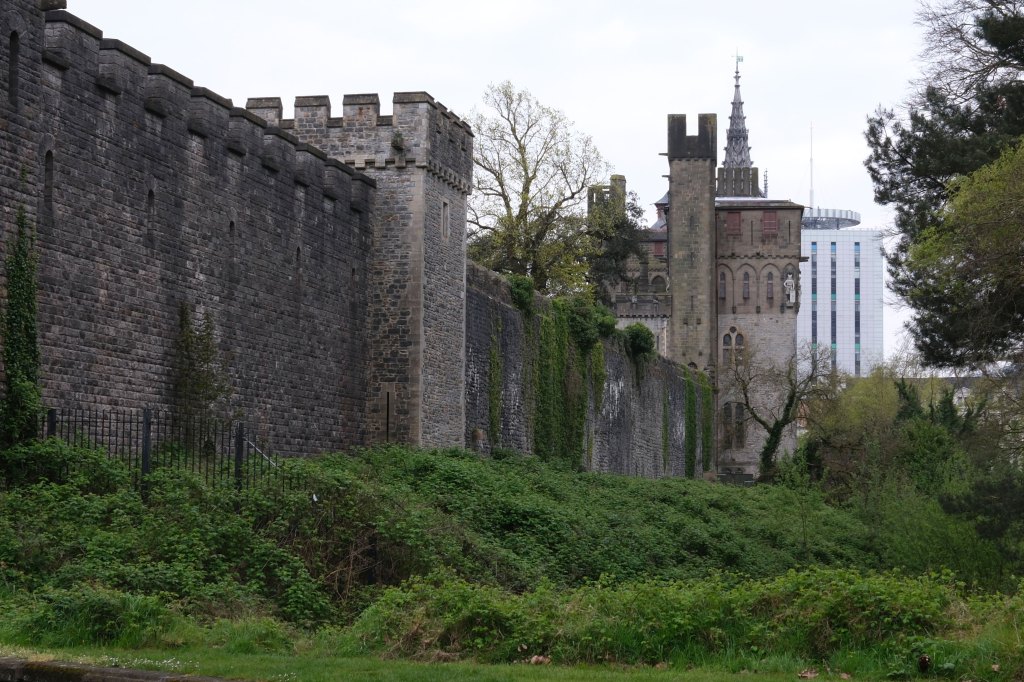
However, the X100VI also outputs files in a subtly different way. When the digital tele-converter is engaged at either setting, the X100V will resample JPEGs to your camera’s set resolution, which for many users will mean upsampling back to 26MP. In contrast, the X100VI won’t upsample, but instead saves cropped JPEGs at their native resolution. This makes more sense, as it doesn’t waste storage space.
With either model, if you shoot raw at the same time, you will have the uncropped file to work with after the fact – so if you primarily shoot or work with raw files only, the capabilities of the digital teleconverter are perhaps of little interest.
Fujifilm X100V vs Fujifilm X100VI: image processor
It’s unsurprising to see a better processor for the X100VI, especially given the extra power required for that additional resolution. The X100V has an X-Processor 4, which we’ve seen before on cameras like the X-T4. The X100VI has an X-Processor 5, which we’ve seen on the X-T5.
As well as being better able to handle that extra resolution, it also facilitates extra functionality including better video specs (see below), and an improved autofocus and subject recognition system.
Fujifilm X100V vs Fujifilm X100VI: lens
Both the X100VI and the X100V have exactly the same 23mm f/2 lens, which gives an angle of view equivalent to 35mm in full-frame terms. This lens was new for the X100V, having been improved over the lens found on all the previous X100 generations. It brought better edge-to-edge sharpness, lower distortion and improved performance at close focus distances.
The lens features 8 elements in 6 groups, including two aspherical elements, and has an aperture range between f/2 and f/16. The closest focusing distance is 10cm. Both cameras have a switchable 4-stop neutral density filter – one stop stronger than that in the previous models.
Fujifilm X100V vs Fujifilm X100VI: image stabilisation
This is one of the biggest differences between the X100V and X100VI, and it’s one which can give you a huge advantage for real-world shooting. The X100V has no in-body image stabilisation (IBIS), while the sensor-shift system found in the X100VI promises to deliver a very helpful six stops of stabilisation (dropping to 5.5 stops if you’re using the hybrid viewfinder in optical mode).
In real-world shooting, it essentially means that you can shoot hand-held at much slower shutter speeds and still get sharper shots. Look at the difference here, for example. This same scene, with the same settings (1/6s, ISO 1600, f/4), I shot with both the X100V and the X100VI. The image from the V is more or less unusable – but with the VI it’s sharp.


Having better image stabilisation also makes the VI better suited to video work – which might make it more appealing to content creators. Speaking of which…
Fujifilm X100V vs Fujifilm X100VI: video
Although the X100VI probably isn’t the kind of camera that a typical video creator will buy, the fact that the X100 series has proven so popular with influencers and the like perhaps means that its video skills are becoming more important than in previous X100 generations.
The X100VI boasts 10-bit 6.2K video capture – albeit with a 1.23x crop. Or, you can shoot at 4K/30p with no crop at all, or 4K/60p with a 1.14x crop. By comparison, the maximum resolution for the X100V is 8-bit 4K (30p, no crop).
In all likelihood, the 4K 30p option is more than enough for most casual video clips, so it’s the image stabilisation of the X100VI that has the bigger impact here for those who want to make videos with this type of camera.
Fujifilm X100V vs Fujifilm X100VI: design and build
It’s tough to tell the difference between the two models with just a quick glance, with them being very close in size. The X100V is 128 x 75 x 53mm, while the X100VI is 128 x 75 x 55mm, so only very marginally thicker, due to the lens protruding slightly further from the body. The X100VI weighs 521g, compared to the X100V’s 478g. So again, it’s slightly heavier due to the addition of IBIS.
The biggest difference is the screen, which although the same size and specification, pulls out just a little more from the body, as well as tilting slightly more, making it more useful from certain awkward angles.
It’s also worth noting that the tripod socket has moved forward a little on the body, which could mean that if you already have some certain accessories for the X100V they no longer fit in the same way. This mostly affects body cases and handgrips. Some newer accessories for the X100VI are designed to be back-compatible with the X100V.
Fujifilm X100V vs Fujifilm X100VI: shutter speeds
Using the electronic shutter, the X100V can shoot at a maximum 1/32000, but for the X100VI, the maximum speed is 1/180000 – a shutter speed that we have also seen in the Fujifilm X-T5 and the Fujifilm X-H2.
On the X100VI, in theory, that means you can use the lens at its widest aperture of f/2 even in extremely bright conditions and still get a well-exposed image. But it’s a much more useable feature on cameras which can be paired with extreme wide aperture lenses, such as the Fujinon XF50mm f/1.0R WR lens.
On its own, this kind of specification almost certainly isn’t enough to win somebody over, however it’s arguably nice to have feature for those that intend to use the camera in bright conditions – such as for travel. Admittedly I’ve yet to encounter a bright enough day here in the UK to really need it though.
Fujifilm X100V vs Fujifilm X100VI: film simulations
Fujifilm’s film simulations for JPEGs have proven to be very popular over the years.
The X100VI has 20 different film simulations, compared to the X100V’s 17. New simulations include Eterna Bleach Bypass, Nostalgic Neg. and the much hyped Reala Ace. We’ve already seen these on other Fujifilm cameras, including the GFX 100 II. So far, they’ve not been brought to other models via a firmware upgrade, but perhaps that will change in the future.
Fujifilm describes Reala Ace as having a “diverse range of distinctive tones” and “faithful colour reproduction and high-contrast tonality.”




Whether or not these new simulations are enough to warrant buying the X100VI on their own is down to the individual involved, particularly if you’re primarily a raw shooter. But they certainly add to the overall charm of the package.
Fujifilm X100V vs Fujifilm X100VI: image recording formats
A small new tweak for the X100VI is the introduction of HEIF (high efficiency image format), alongside JPEG and raw format.
This might be useful for those looking to save space on their external drives, but it’s worth noting that it’s not as widely compatible as JPEG, nor does it give you the editing scope of raw format. You might choose to shoot in raw+HEIF rather than raw+JPEG however if you’re keen to save space – especially considering how much larger JPEG files are now that the sensor is higher in resolution.
Fujifilm X100V vs Fujifilm X100VI: autofocus
Although the X100V improved on the autofocus front when compared to its predecessors, the X100VI adds a little extra sweetener by upgrading the tracking system.
New algorithms for the X100VI enable it to track additional subjects – animal, bird, insect, car, motorcycle, bicycle, airplane, train and drone recognition is now included as well as human face and eye. We’ve seen the same AI subject recognition used in the Fujifilm X-H2S and the GFX 100 II.

Most of those subjects are unlikely to be favoured by an X100VI shooter, due to its 35mm equivalent lens. This isn’t a really camera for shooting birds, or insects, or planes. The animal recognition is useful for those with posing pets however, and I’ve found it to be an asset when photographing my dog.
Again, this is probably not going to be a deal-breaker for most people, but, it might put an extra tick in the box for some – myself included.
Fujifilm X100V vs Fujifilm X100VI: battery life
Although both models use the exact same NP-W126S battery, there is a new “economy” mode that can be deployed on the X100VI. This gives you a slight boost from the 350/420 shot battery life of the X100V (electronic viewfinder/optical viewfinder) up to 360/450. It should be noted that these are just “official” ratings, and that in real-world shooting, depending on how you’re using the camera, you might find the battery lasts longer or shorter than the quoted life.
Fujifilm X100V vs Fujifilm X100VI: price and availability
The X100V was a real runaway success for Fujifilm, and the X100VI has proven to be just as popular so far.
As such, it’s actually quite difficult to get hold of the X100V brand new, while the X100VI has also seen some stocking difficulties and is being released in limited quantities to try and fairly meet demand.
The X100VI list price is £1599/$1600, which is significantly more than the £1349/$1399 list price of the X100V (in the unlikely event you’re able to find any in stock anywhere).
You can also pick up the X100V in the second-hand market. Cameras listed as “like new” cost around £1,499 (yes that’s more than the actual new price – but they’re so hard to find that’s not surprising). If you’re happy to accept a “good” condition, you can pick them up for around £1,239 instead – a decent saving on either the X100V or X100VI new and means you can get hold of it right now.
Fujifilm X100V vs Fujifilm X100VI: which should you buy
So after all that – what’s the result? It’s clear that the Fujifilm X100VI is better than the X100V – even if mostly only by a series of incremental upgrades.
That said, the introduction of image stabilisation is a pretty big deal for low-light shooters and could be more than enough to make an X100V owner upgrade as soon as possible. It could also likely be enough to tempt you away from the lower cost second hand market and pay the extra dough to get the better model.
There’s also the additional film simulation modes, the better video specifications and other smaller improvements to consider.
However, if you’re mainly concerned with good-light shooting, aren’t so fussed on film simulation modes, mainly photograph humans or static subjects, then sticking with your existing X100V – or plumping for a cheaper second-hand model – is a great way to save some cash.
It’s safe to say that if you own either one of these fantastic cameras you’ll be pretty happy, but which one would you choose?
Related reading:
- Why the Fujifilm X100VI proves camera doom-mongers wrong
- Why is there no Fujifilm X100VI alternative?
- Fujifilm X100VI Full Review
- Fujifilm X100V Field Test
Follow AP on Facebook, Twitter, Instagram, YouTube and TikTok.






